There is no better place in the world to go on an ocean safari than in Africa, particularly South Africa with its incredible whale watching opportunities, unforgettable shark cage diving experiences; and untouched coral reefs that teem with tropical fish, corals, crayfish, seahorses, and sea turtles.South Africa attracts thousands of visitors each year with Africa’s Big Six high on the wish list - lion, rhino, leopard, buffalo, elephant, and whale.The sheer size of a whale and their elegant aquatic displays will leave you in complete awe. Below you will learn more about the various whale species found on the African coastline and discover the best places to see them.
What will I see during the Whale Watching Season in Africa?
Visitors can look forward to incredible views of these gentle ocean giants from both land and boat during the whale watching season, but there is a variety of wildlife to be seen during a whale watching expedition.
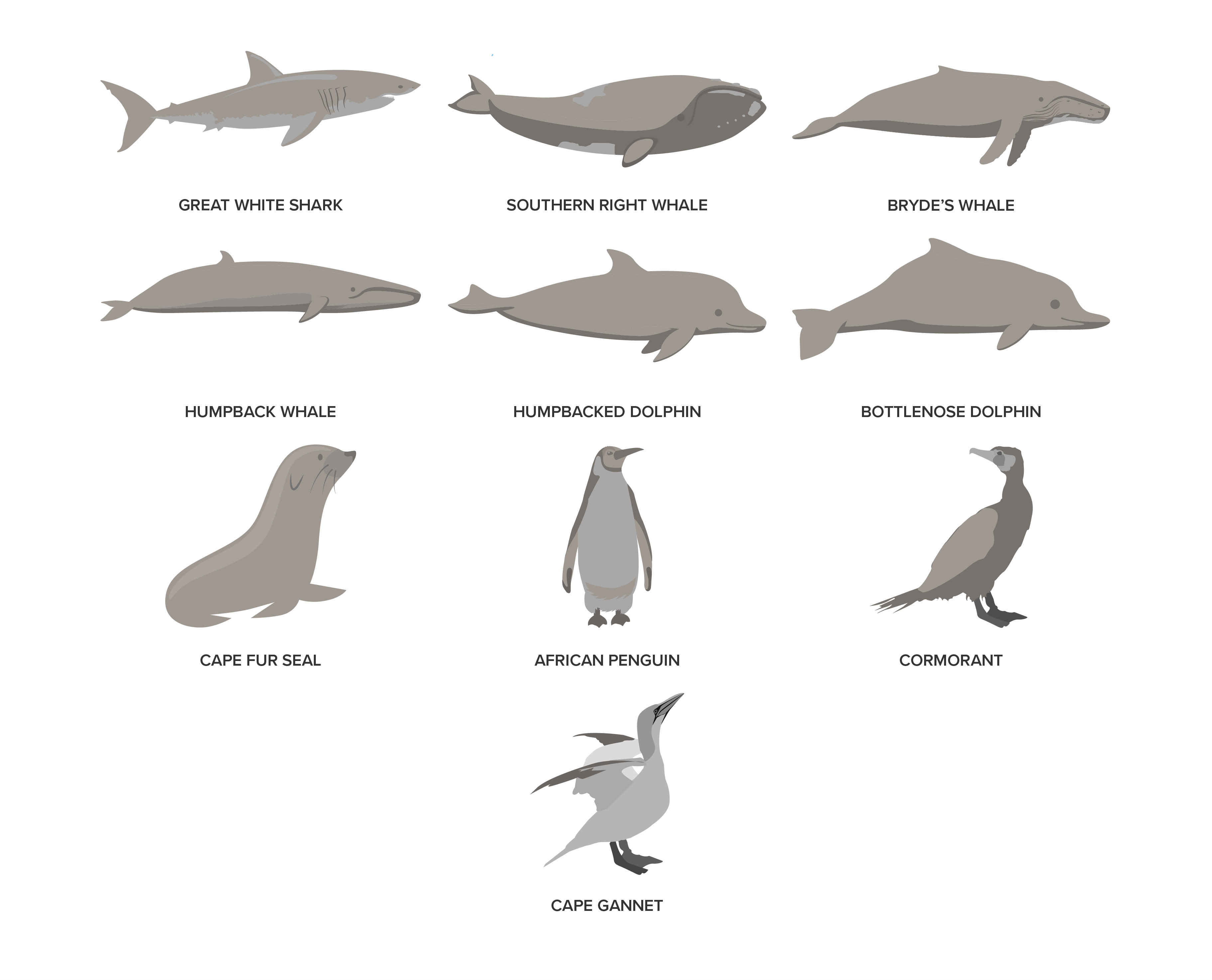
How to spot whales during whale watching season in Africa
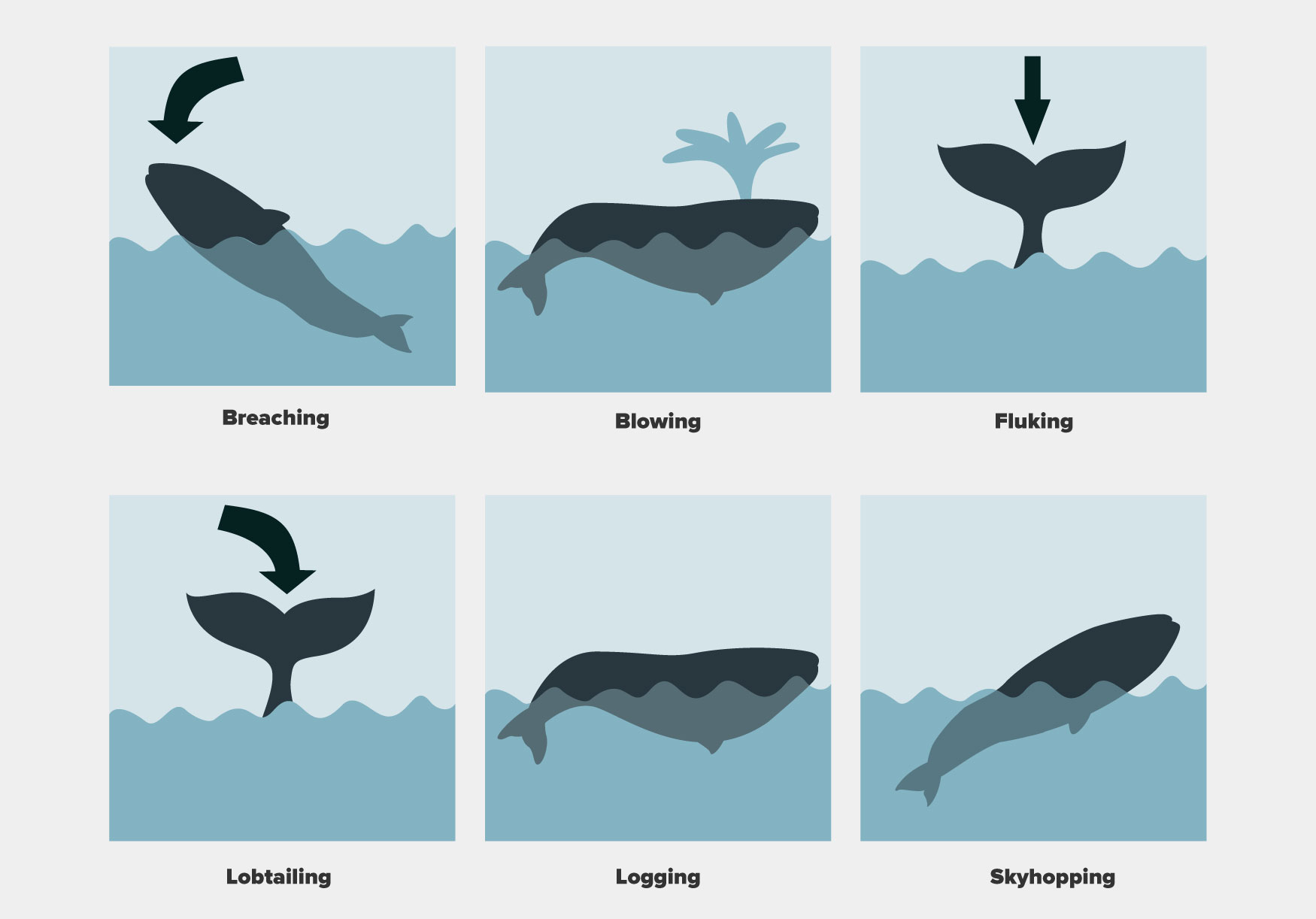
Breaching: Usually happens when the seas are rough so that the whales can breathe in air, but involves them jumping out of the water and falling back with a huge splash. They will even sometimes twirl in the air.Blowing: Whales breach the surface to forcefully exhale air through their blowhole positioned on the top of their head, before closing the flap of skin that covers the blowhole. Fluking: A whale's tail is called its flukes and they move it up and down to propel through the water. Lobtailing: flapping the tail/fluke on the water creating a loud sound which can be heard from some distance.Logging: When whales are at rest they resemble that of a wooden log on the water surface, displaying no forward movement and showing off either their dorsal fin or parts of their back. Spyhopping: Whales poke their heads out of the water in order to get a better view of the ocean surface. They often do this when boats are around.
Whale Watching Season South Africa: When & Where
Hermanus, South Africa
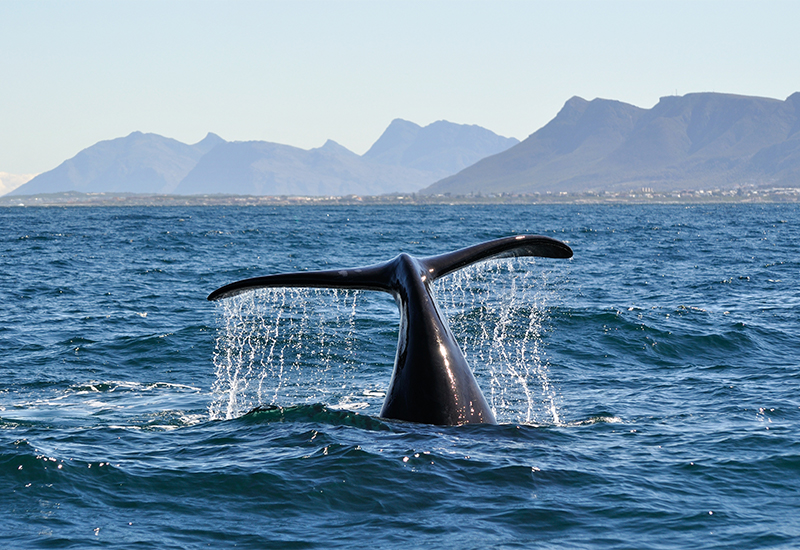
A whale is often seen lobtailing along the coastline of South Africa.Hermanus has been recognized as one of twelve best whale watching destinations in the world, renowned for its land-based whale-watching around Walker Bay - a favorite breeding ground for the southern right whale. There are several vantage points from which visitors can watch whales play as little as five meters from the shore. Gansbaai is a favorite spot for whales and sharks and boat-based whale watching which affords you up-close views of these incredible species. The females will normally return to the same bay each year to mate and give birth. In October, the southern right whales generally begin their migration back to the Antarctic but are often still seen along the Kwazulu Natal coastline during the month of November.Peak whale watching season: July and AugustAnnual Whale Festival: SeptemberBest whale route accommodation:Birkenhead House, The Marine Hotel, Ocean's Eleven
The Garden Route, South Africa
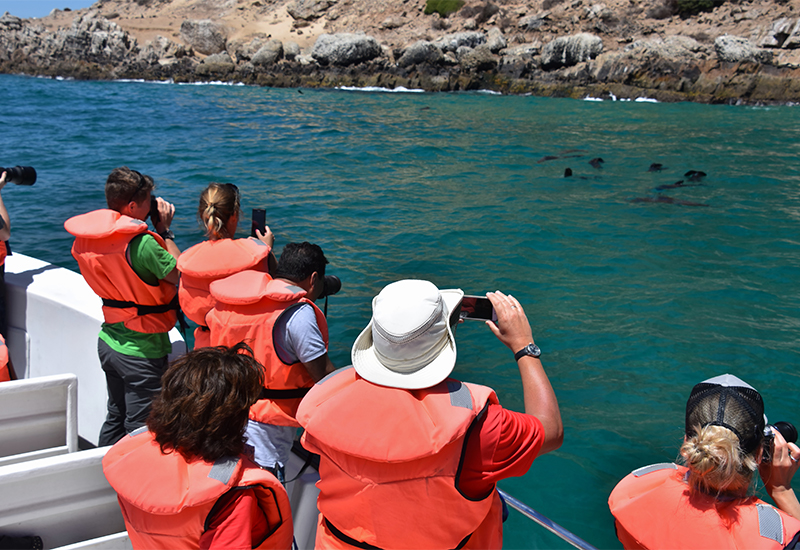
A boat-based trip to Seal Island brings you up-close to a huge colony of Cape Fur Seals.Although the land-based whale watching is not as great as Hermanus, there are some secluded bays along the Garden Route which are favorite feeding grounds for whales - including Knysna, Mossel Bay, and Plettenberg Bay. In Mossel Bay, there is a three-hour boat-based whale watching trip to Seal Island that provides incredible whale watching opportunities and one can also see Cape Fur Seals and Great White Sharks. From the Knysna lagoon, you can take a cruise past the Knysna Heads which is renowned for spotting southern right whales, humpback whales and schools of dolphins. Noetzie Beach is also a great viewing point for whales. Plettenberg Bay and the Robberg Peninsula are incredible whale watching destinations with the bay seeing southern right whales, humpback whales, Bryde's whales, killer whales and dolphins all year round. As one family of whales move off, so another arrives. Peak whale watching season: July and AugustBest whale route accommodation: Views Boutique Hotel, Robberg Beach Lodge, Pezula Hotel, The Turbine Boutique Hotel
St Lucia, South Africa
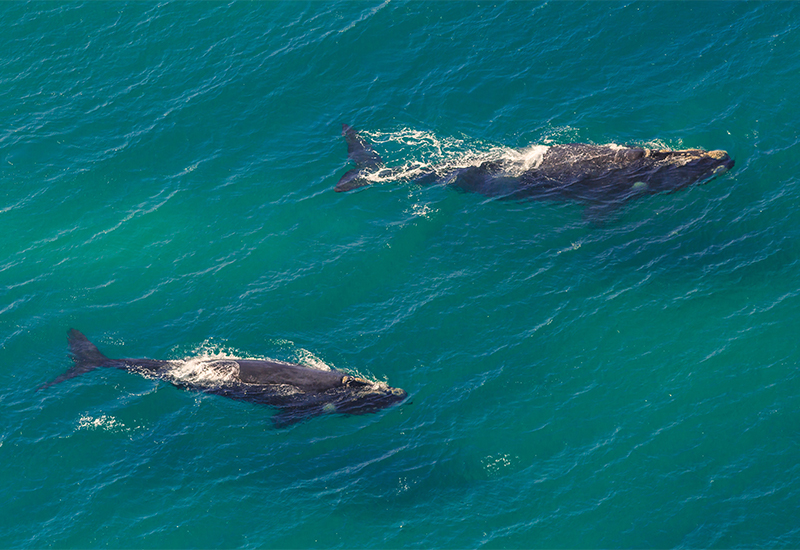
Female humpback whales and their calves return to the same feeding grounds each year.St Lucia is located in the coastal province of KwaZulu Natal along the Elephant Coast. St Lucia is a mecca for ocean adventures, offering incredible boat-based whale watching. Humpback whales love the warm Indian ocean and are found in great numbers here because it is a prime spot for mating and calving. It is also highly likely to see huge schools of dolphins during your whale watching expedition. St Lucia is renowned for having one of the highest recorded boat-based sightings of whales, and its incredible diving sites offer the opportunity of seeing an array of marine species, including Leatherback, Loggerhead, Hawksbill and Green Turtles.Peak whale watching season: July and AugustBest whale route accommodation: Lidiko Lodge, Avalone Guest House, Whalesong Guest House, Makakatana Bay Lodge
Whale Watching Season around Africa: When & Where
Watamu, Kenya
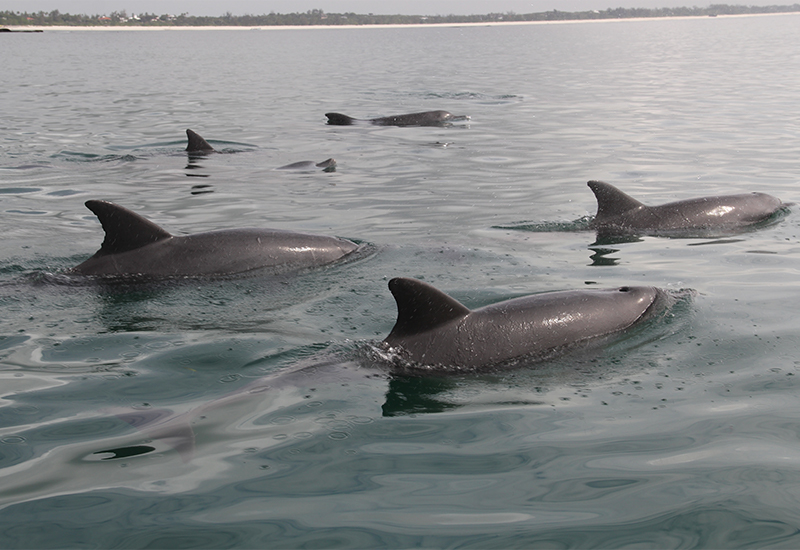
Boat-based activities offer incredible up-close encounters of dolphins and whales in Watamu.Watamu is a small coastal town in Kenya with a protected marine national park that provides sanctuary to various marine life, including killer whales, sperm whales, Bryde’s whales, humpback whales who migrate through the area, and schools of dolphins. Being a small town there are fewer crowds, making for an intimate whale watching experience that is easily combined with a safari experience in the world-renowned Masai Mara or other reserves.Peak whale watching season: July to September
Looking for the best beach resorts in Kenya?
Mauritius
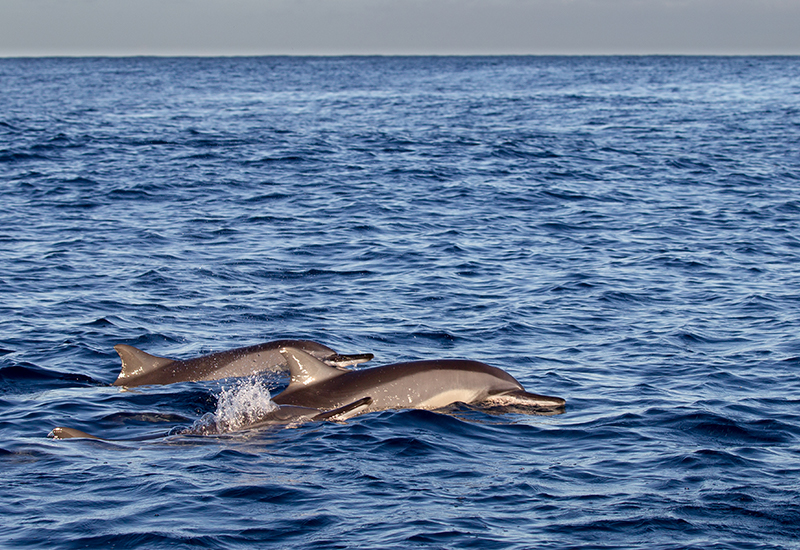
Spinner dolphin are well known for their acrobatic displays and are seen regularly along the coastline of Mauritius.The island of Mauritius is located off the southeast coast of Africa and offers prime sightings of the humpback whales that are migrating to the Antarctic. The west coast of Mauritius, in particular, is home to resident sperm whales that can generally be seen all year round. Whale watching in this region is predominantly by boat and with the right permit, visitors can even get to swim with the sperm whales. It is also possible to see spinners and bottlenose dolphins around the island.Peak whale watching season: August and September (humpback whales)
Walvis Bay, Namibia
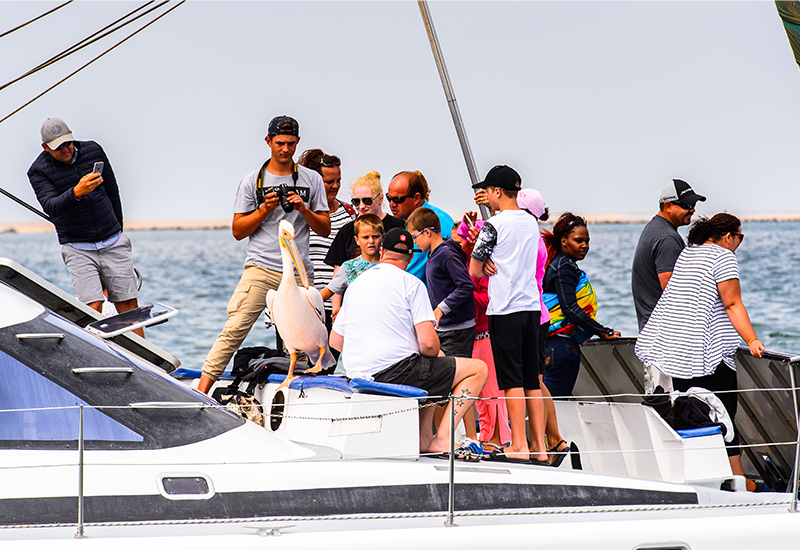
It is not unlikely to see an abundance of birdlife including Cape Gannets and Pelicans during boat-based excursions in Namibia.Namibia is a diverse country with salt pans, deserts, lush savannahs teeming with wildlife, and pristine coastlines. Walvis (whale) Bay offers incredible bird watching but is better known for its Cape fur seals, bottlenose dolphins, endemic Heaviside dolphins, and whales which can be seen during a cruise around the bay. Dolphins are sighted in Walvis Bay all year round.Peak whale watching season: July and August (humpback and southern right whales)
Mozambique
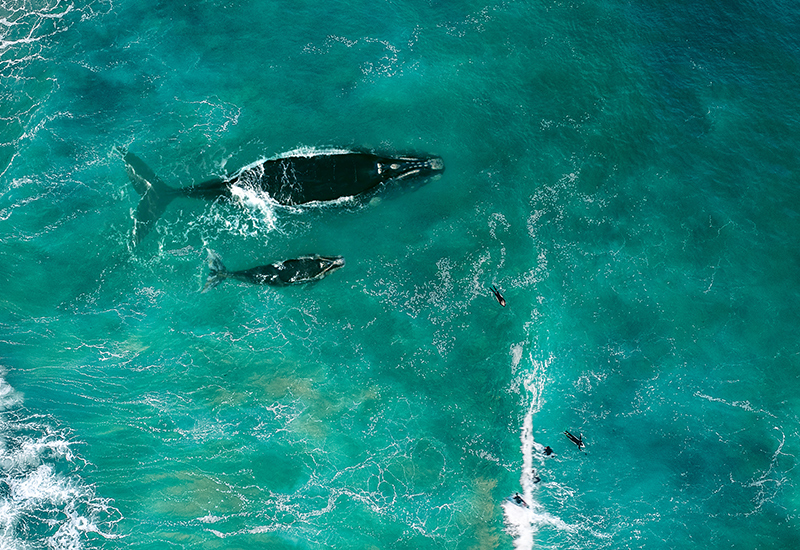
During whale watching season in Mozambique, these gentle ocean giants are often seen swimming close to shore.From the Mozambican islands of Ponta Do Ouro and Vilanculos, to Bazaruto and the Quirimbas Archipelagos - the southern right and humpback whales have a strong presence in these tropical beach destinations as they pursue the warmth of the Indian Ocean for mating and calving. From around October they begin their migration north to the Antarctic but can still often be seen in deep waters until December. Ponta Do Ouro has a structured dolphin swim programme that allows visitors to snorkel or free dive with a school of bottlenose dolphins.Peak whale watching season: July and AugustNot only does Africa offer unforgettable whale watching experiences and ocean safaris, but the continent also has a wide range of world-class luxury lodges and modern hotels. Safari.com can tailor make an attractive package to suit your budget, so let us help you plan an unforgettable whale watching vacation.
Whale Watching Season in Africa: When to Visit


